12 social media trends marketers should watch in 2025 [new data]
It’s halfway through 2025— time to take the temperature on which social media trends are defining the year.
![12 social media trends marketers should watch in 2025 [new data]](https://www.hubspot.com/hubfs/social-media-trends_6.webp)
It’s halfway through 2025— time to take the temperature on which social media trends are defining the year.
In our 2025 Social Media Trends Report, the social media marketers we surveyed said keeping up with new trends is the number-one challenge they face. With the current economic and social volatility, it’s difficult to know where to play it safe and where to go all in. Alone, these calculations can feel overwhelming. Together, we can make sense of what’s happening.
I dug into survey responses from 1,751 marketers and did a deep dive with two social media experts on what to expect the rest of the year. With their answers in mind, here are the 12 social media trends marketers should watch in 2025:
1. Short-form video remains the undisputed king of content.

Which would you rather watch, a 15-minute YouTube video or 15 one-minute TikToks? Most consumers would pick the short videos in 2025. No matter the fate of short-form darling TikTok, the content format it spawned is here to stay.
Marketers we asked said they produce short-form video more than any other format. Almost one in three brands are using it, and the marketers we surveyed said it’s bringing in the highest ROI.

Expert insight: "TikTok‘s not dead yet. But I think if your brand has an audience on TikTok, that’s a little bit in flux. In January, a lot of people realized they needed to have a backup plan.
“Platforms like YouTube and Instagram are building tools for short-form video, they‘re seeing what’s working on TikTok and adapting it,” shares Emily Brungard, senior growth marketing manager for Rossman Media.
2. High risk, high reward for brand values-aligned content.
In a competitive market, showcasing your values can be a powerful differentiator.
For the second year in a row, marketers said that creating content that reflects their brands’ values is the top marketing trend they’re exploring. However, this trend brings some challenges. First, only about half (56.5%) of marketers say they feel confident in what their brand values are with cultural, social, or diversity stances.
Second, marketers fear potential backlash when running campaigns centered around social causes or issues. Fifty-two percent voice “significant concern”— up from 29% in 2024— while 19.2% cite minor concern about consumer responses.
But it’s a risk that just might be worth it. Despite the risk, more than nine in 10 brands are addressing social issues as a marketing tactic, and 58.5% say that it’s effective.

Brands can showcase values in their content by:
- Highlighting sustainability efforts, partnerships, or support for values-aligned nonprofits.
- Sharing values-aligned founder stories, testimonials, and impact reports.
- Featuring behind-the-scenes insights into the work of their Employee Resource Groups (ERGs).
Example: I used to work on the in-house marketing team with a company whose software supported people with disabilities. On our social channels, we’d often share snippets of our content team’s interviews with external disability advocates, with great engagement.
Expert insight: Gen Z is particularly attuned to brand values. Celine Chai with NinetyEight, a marketing consulting firm specializing in marketing to Gen Z, shares, “I’ve seen that Gen Z’s stand very strong to their values. We won’t put our dollars towards something we don't believe in. We respect when brands commit to their values and stick to them.”
3. Marketers keep Meta investments while testing other platforms.
We predicted at the start of this year that marketers would turn to Meta-owned platforms for stability amidst the instability at TikTok and X. At this midway point, we’re still finding that to be true overall. Facebook and Instagram are still the platforms where marketers are investing the most in 2025, at 18.7% and 16.5%, respectively.
But there are signs that this is changing. YouTube earned the top spot where marketers said they would increase the most in 2025 (29.5%), followed by Instagram (28.8%), TikTok (27.6%), and LinkedIn (26.2%). Facebook trails in fifth place with 25.9% increasing their investment more this year, while 18.6% are decreasing.
4. AI will help brands conquer 2025’s demand for flexibility and adaptability.
If you’re like me, you’re deep in the weeds of figuring out how AI can improve your marketing workflows and campaign performance. In our survey, marketers cited several ways they’re testing AI out in their business:
- Leveraging AI to turn text into multi-modal campaigns such as video demos, product walkthroughs, presentations, and podcasts (21%).
- Leveraging AI Agents to automate marketing initiatives end-to-end, from strategy to execution such as social media calendars, case studies, content creation (19.6%).
- Using AI-powered reporting tools to evaluate the ROI of campaigns (19.3%).

Just 47.2% say they have a clear understanding of how to use AI in their marketing strategy, so there’s room for growth. Considering the complexity of marketers’ jobs, these use cases hold promise for fixing some of the biggest challenges we face, like making sense of data and creating highly engaging, personalized content for a specific audience.
Expert insight: "AI plays a pivotal role in personalizing user experiences, optimizing content strategies, and automating routine tasks,” says Victor Valle, social media marketing and community manager at GRIN. “I think AI is going to allow marketers to really focus on the creative side of things.”
5. Influencer marketing is a secret weapon for brands.
Some brands may be missing out on a top marketing tactic: influencer marketing. Forty-five percent of brands worked with a social media influencer or content creator this year, and 63.9% of those say it’s resulted in the biggest ROI this year. Three-quarters of brands using influencer are investing the same amount in 2025 as 2024, while 12% are increasing their investment. One in ten brands plans to try their hand at influencer marketing for the first time thai year.
While you might associate influencer marketing with B2C, it’s important to note that B2B companies are also seeing success with influencer campaigns. B2B brands are participating in and investing in influencer marketing just as much or more as their B2C counterparts.
The platforms where brands see the best ROI for influencer marketing? Those are Instagram, Facebook, YouTube, and TikTok. LinkedIn is also a smart choice for B2B brands.
Expert insight: Gaurav Sharma, founder and CEO of Attrock, adds, “To see great results, you can run an impact-oriented influencer marketing campaign with 10-30 micro-influencers for at least 6-12 months. If you get it right, you could skyrocket your business growth quickly.”
"[And] to get a higher ROI on social media marketing, I would suggest marketers leverage influencer marketing platforms to collaborate with the micro-influencers."
6. Niche micro-influencers help brands build enduring, dedicated audiences.
In the earlier days of influencer marketing, follower count was the main allure. Today, it’s quite different — audience alignment and authenticity outshine all other factors.
Social media marketers who work with influencers say they select influencers based on their:
- Engagement rates.
- Brand alignment and values.
- Niche relevance.
Many brands are finding the best fit with smaller influencers with more engaged audiences. Here’s where brands said their top success came from this year:
- Micro-influencers with 10,000-99,999 followers/subscribers (19.5%).
- Macro-influencers with 100,000-999,999 followers/subscribers (11%).
- Nano-influencers with 1,000-9,999 followers/subscribers (10%).
Working with smaller influencers is more affordable, establishes long-term partnerships, and offers access to engaged, tight-knight audiences with whom they have a great deal of trust— in part due to the quality of their content.
Expert insight: “Micro-influencers have such tremendous power. They allow consumers to see people who look like them and have more authentic followings,” says Valle. “They have higher engagement as well, so it’s very easy to build a micro-influencer arm of champions for the brand.”
7. Brands and creators are going live.
Right below short-form videos and images, marketers report live streaming as the format driving the most ROI and one that they plan to spend more on in 2025. While live streaming isn’t new, TikTok live streaming has taken off this year in an unprecedented way.
Content creators are live streaming themselves doing everything from gaming to getting ready to AMA chats, and followers are loving it. Brands can take advantage of this trend through influencer live streams and live shopping sessions.
Expert insight: “The proliferation of TikTok LIVE has transformed content consumption. Creators are building substantial followings through consistent live engagement,” says Valle. He sees TikTok LIVE as a powerful emerging format— one that’s drawing both creators and even celebrities due to its immediacy and engagement.
“Brands are now using public figures to run their live shopping events. Coupled with the right incentives and coupons, it’s really driving a lot of business for brands as well as just getting them in front of new eyeballs. With a familiar face, they’re more likely to stay tuned in and go through the full purchase stage.”
8. Marketing teams face pressure to tie activities to business outcomes.
Last budgeting cycle, many marketers faced uncertainty as to how much budget they would have this year. While 18.9% of marketers still cite a lack of budget as a challenge, most social media budgets held steady or increased in 2025. Only 17.8% said their budgets decreased year-over-year.
However, most marketers say they’re facing more scrutiny and a greater need to tie their activities to business outcomes.
The number-one goal marketers are responsible for in 2025 is increasing revenue or sales, followed by increasing engagement. One in five social media marketers says that measuring ROI and tying their content to business outcomes is a major struggle.

9. Audience-focused content performs best.
Fifty-nine percent of marketers agree they have a clear understanding of who their target audience is, leaving 41% who don’t. On social media, it’s critical to know your audience so you can make content that resonates. Yet, 80% of brands say they lack data on their customers’ pain points and challenges.
Fortunately, you don’t need large data sets to create relevant content. With creativity, social listening, and a little empathy, you can find out what matters to your audience and show how you can solve it.
Expert insight: “Figure out what their key problems are and how exactly your brand is solving them. Then, figure out engaging ways to portray those via social media because it won’t be the same way that you talk about it on your website or email marketing,” advises Brungard.
“A successful campaign comes down to knowing your customers really well, knowing what problem you’re solving, and going all in on it.”
10. Brands find success with native content.
While brands know it’s important to post in multiple channels, they’re getting smart about how they do it. While 34.4% of marketers say they repurpose the same content across platforms, a larger number (43.9%) say they tailor content for each platform.
For example, if I created a five-minute tutorial video for YouTube about how to set up a new speaker, I wouldn’t simply post it to other platforms. Building on the same theme, I would create unique content for each one, like an unboxing reel for Instagram or a short dance video with my new speaker for TikTok.
While this might seem like extra work, this is one area where AI can help marketers produce faster. Twenty-one percent of brands say they’re exploring using AI to turn text into multi-modal campaigns. Tools like HubSpot’s Campaign Assistant and Content Assistant can create and repackage content to optimize it for each platform.
Expert tip: “Keep in mind to create content natively for the platforms where you're trying to reach your people. Repurposing content without adaptation for that platform often doesn’t feel native, it can reduce engagement, and it falls flat,” says Valle.
11. Data leads the way.
Data-based decision-making is no longer a nice-to-have for marketers— it's a must-have. As marketing teams face growing pressure to prove the ROI of their efforts, data is indispensable to evaluate campaign performance and inform strategy. Almost one third (29%) of marketers cite using data to shape marketing strategies as one of the biggest industry shifts, while 25.7% point to data’s role in proving business value.
The advantages are clear: Marketers say that data helps them identify which strategies are most effective (30.6%), improve ROI (29.6%), and reach their target audience more effectively (27.4%).
At the same time, collecting and interpreting data is becoming more challenging. Changing regulations and consumer behavior are eroding access, with 20.7% of marketers citing consumer distrust and 17.7% pointing to tighter data privacy laws as hurdles.
Expert insight: All this to say, I’ve learned that the brands that do this best prioritize a first-party data strategy. As long as marketers have a method for tracking the ROI of their social media marketing activities, they’ll be able to identify which strategies are most effective, double down on them, and justify their efforts. You can learn more about first-party data in the video below.
12. Meet your new coworker, the content creator.
If marketing teams could hire for one role tomorrow, the number-one role they would fill would be content creator. While previously associated with independent YouTubers and influencers, this role is now coming in-house to create videos, posts, podcasts, and other content.
Even in the B2B world, creators like Kieran Flanagan, Heike Young, and Zoë Hartsfield are redefining the role of content creators for a brand.
Google Trends data shows that interest in “content creator” as a career started spiking in 2023. Axios reports that full-time digital content creator jobs have multiplied 7.5 times since 2020, from 200,000 to 1.5 million. That makes it the largest and fastest-growing segment of internet jobs right now.

The Constantly Changing Social Landscape
So that’s it: the top trends I’m seeing right now, from the mouths of social media marketers. There’s still half the year to go, so this list of trends is likely not exhaustive. After all, world news is impossible to predict and can make a dynamic impact on social media trends and marketing strategy.
As a social media marketer, the best thing you can do is to continue to research trends, online consumer behaviors, and your team's social media data to determine which trends or strategies to lean into or how to navigate unprecedented online scenarios.
Editor's note: This post was originally published in January 2017 and has been updated for comprehensiveness.
![]()















.jpg)
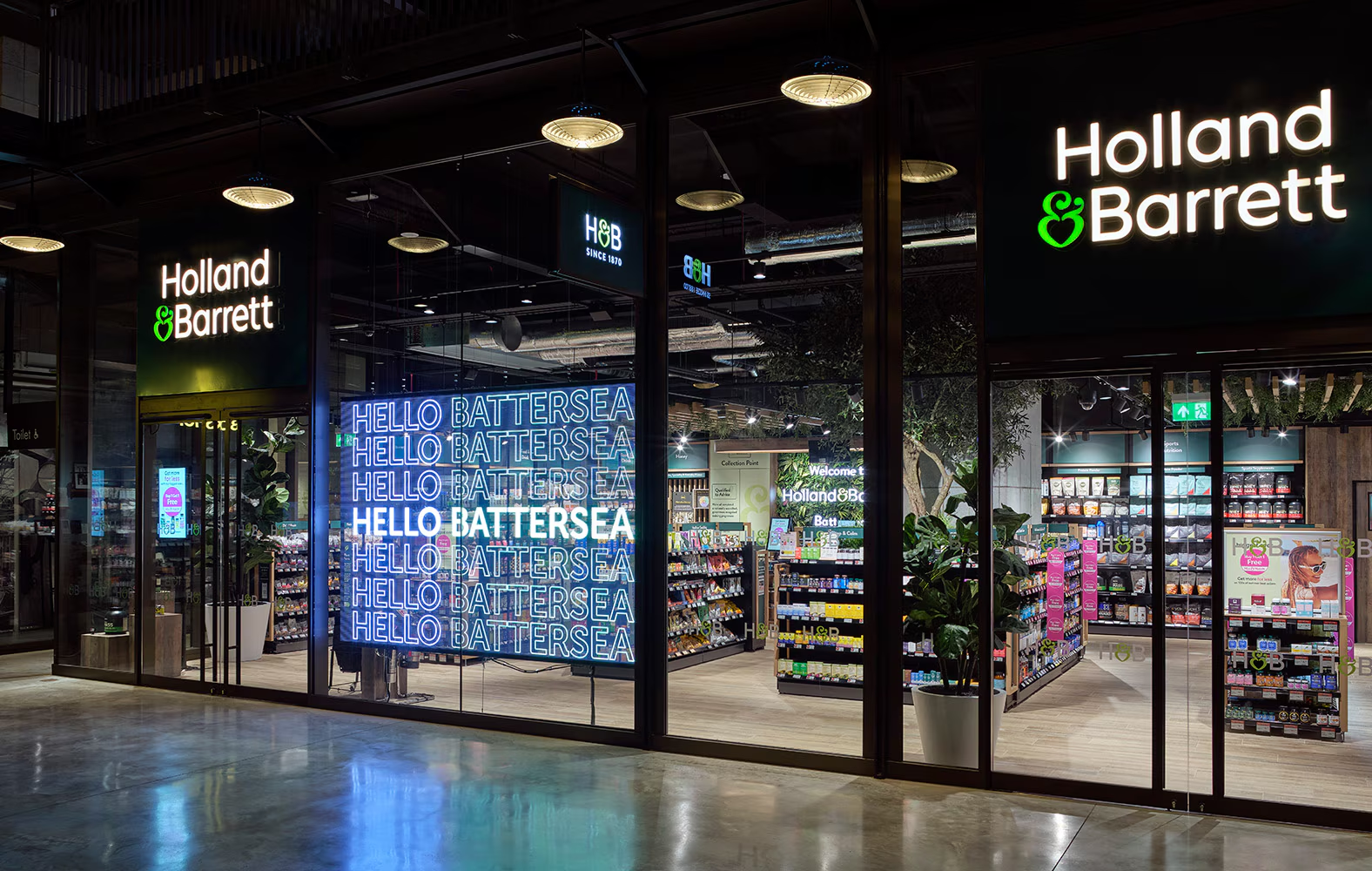

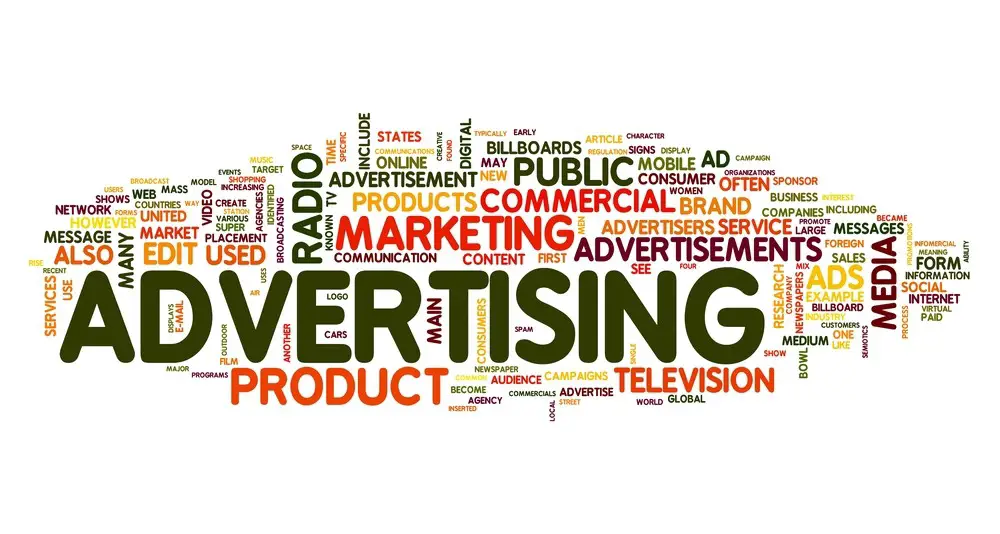





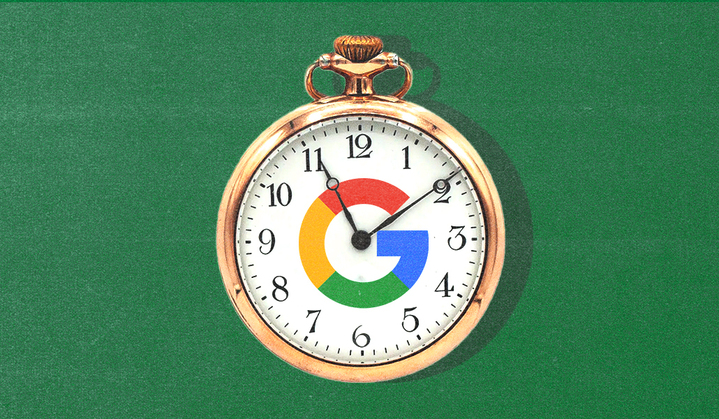












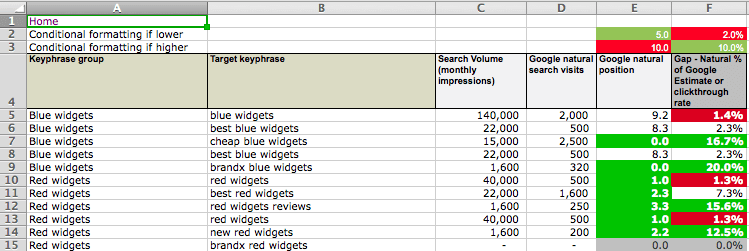
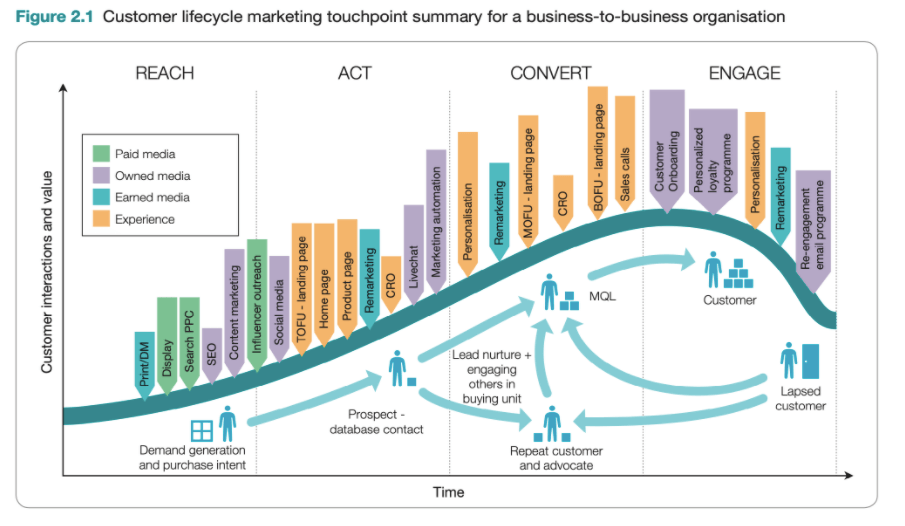












![The 11 Best Landing Page Builder Software Tools [2025]](https://www.growthmarketingpro.com/wp-content/uploads/2024/04/best-landing-page-software-hero-image-1024x618.png?#)






























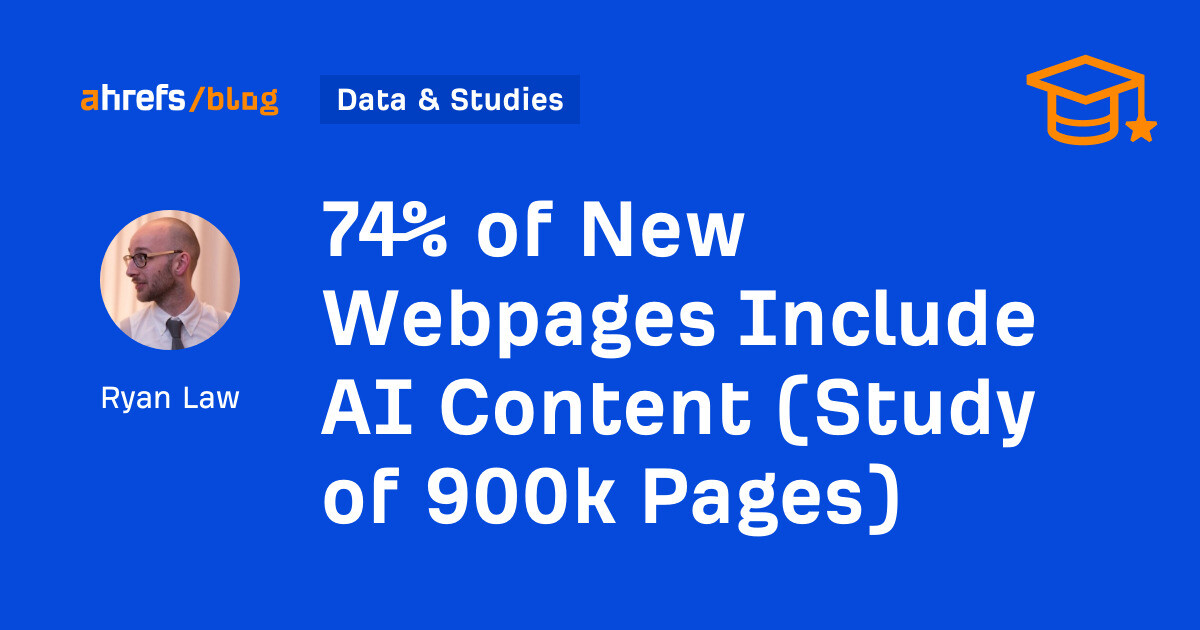

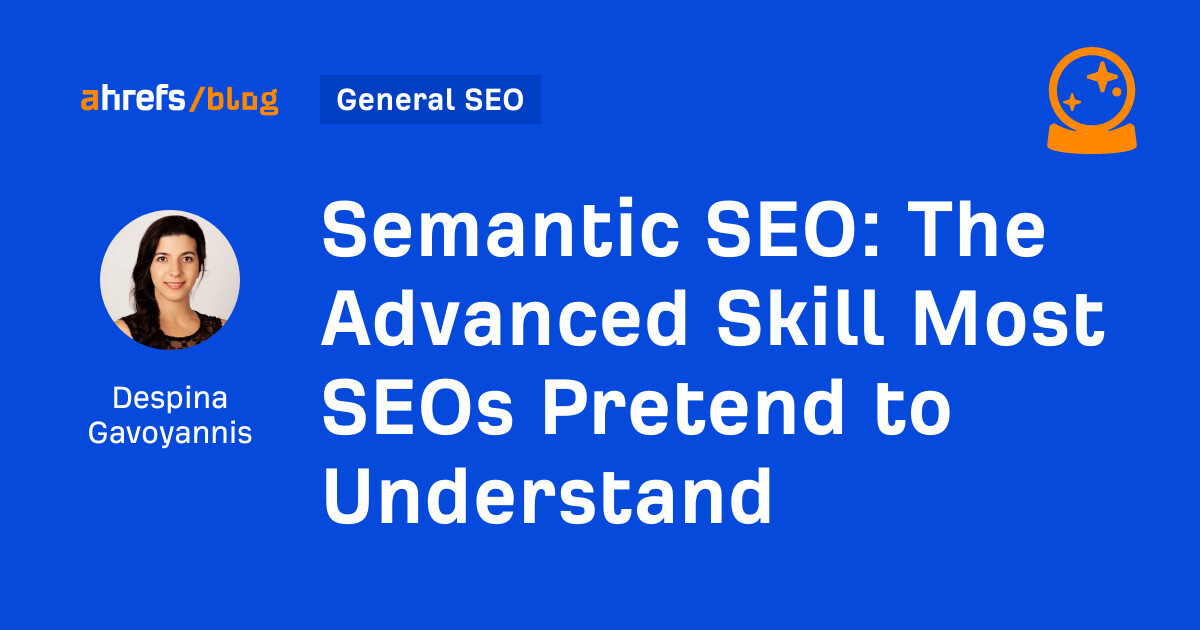
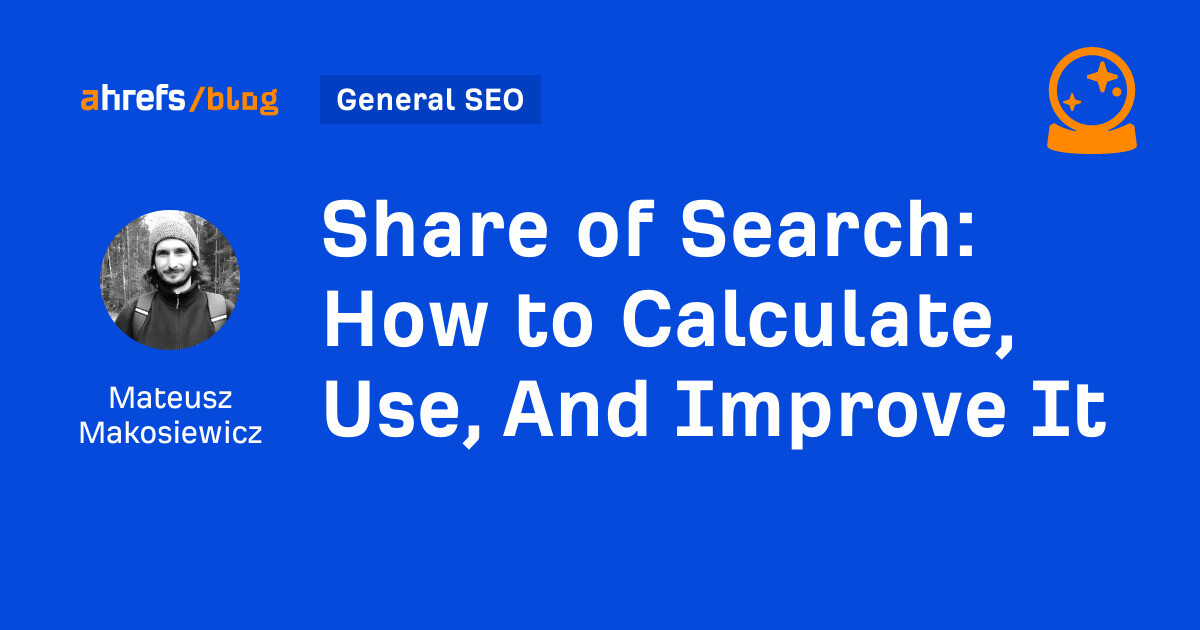







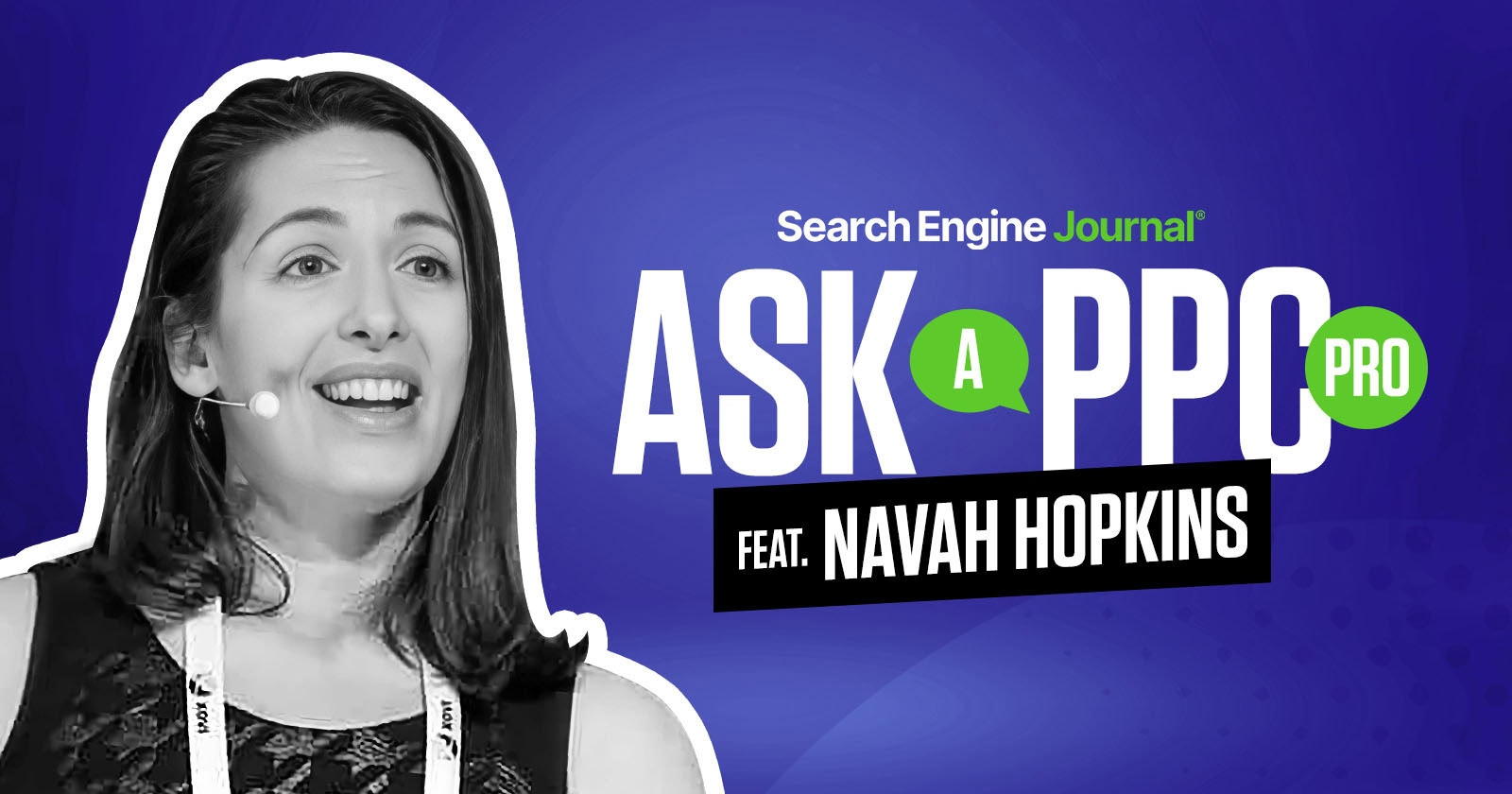










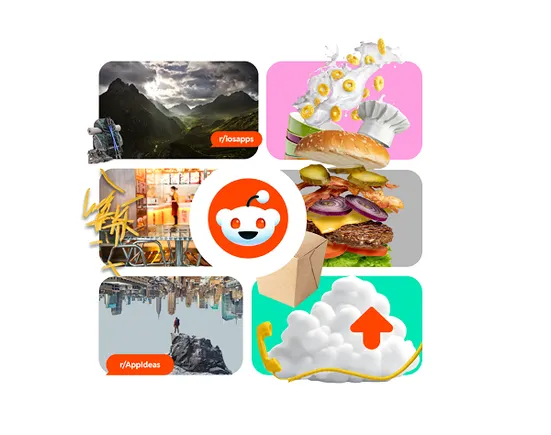













![Social media image sizes for all networks [May 2025]](https://blog.hootsuite.com/wp-content/uploads/2023/01/Social-Media-Image-Sizes-2023.png)




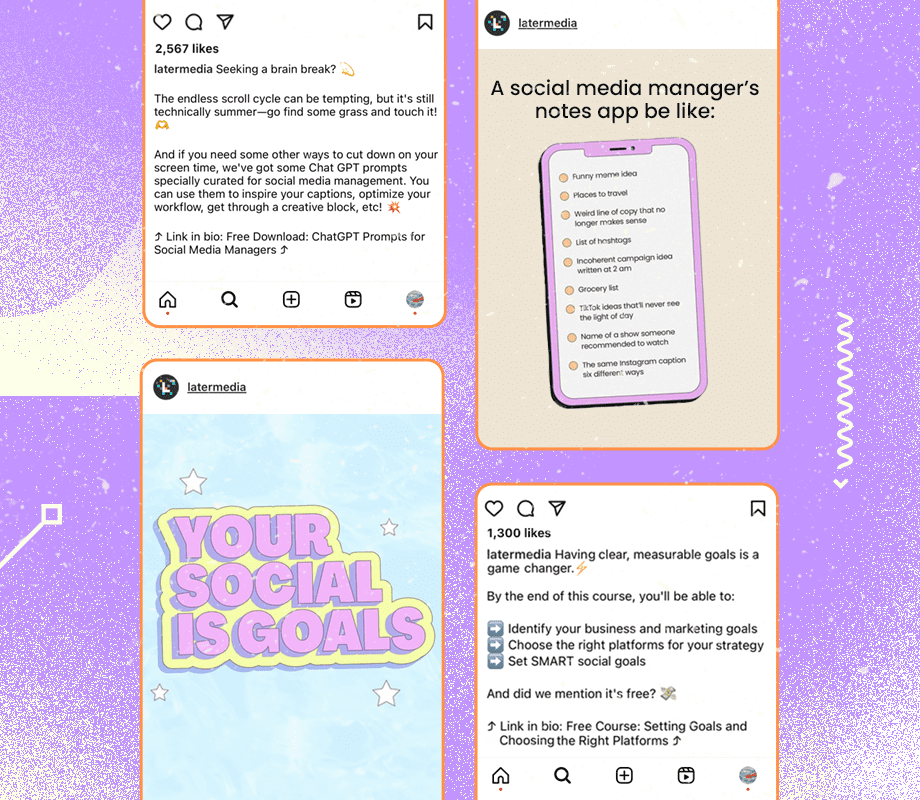
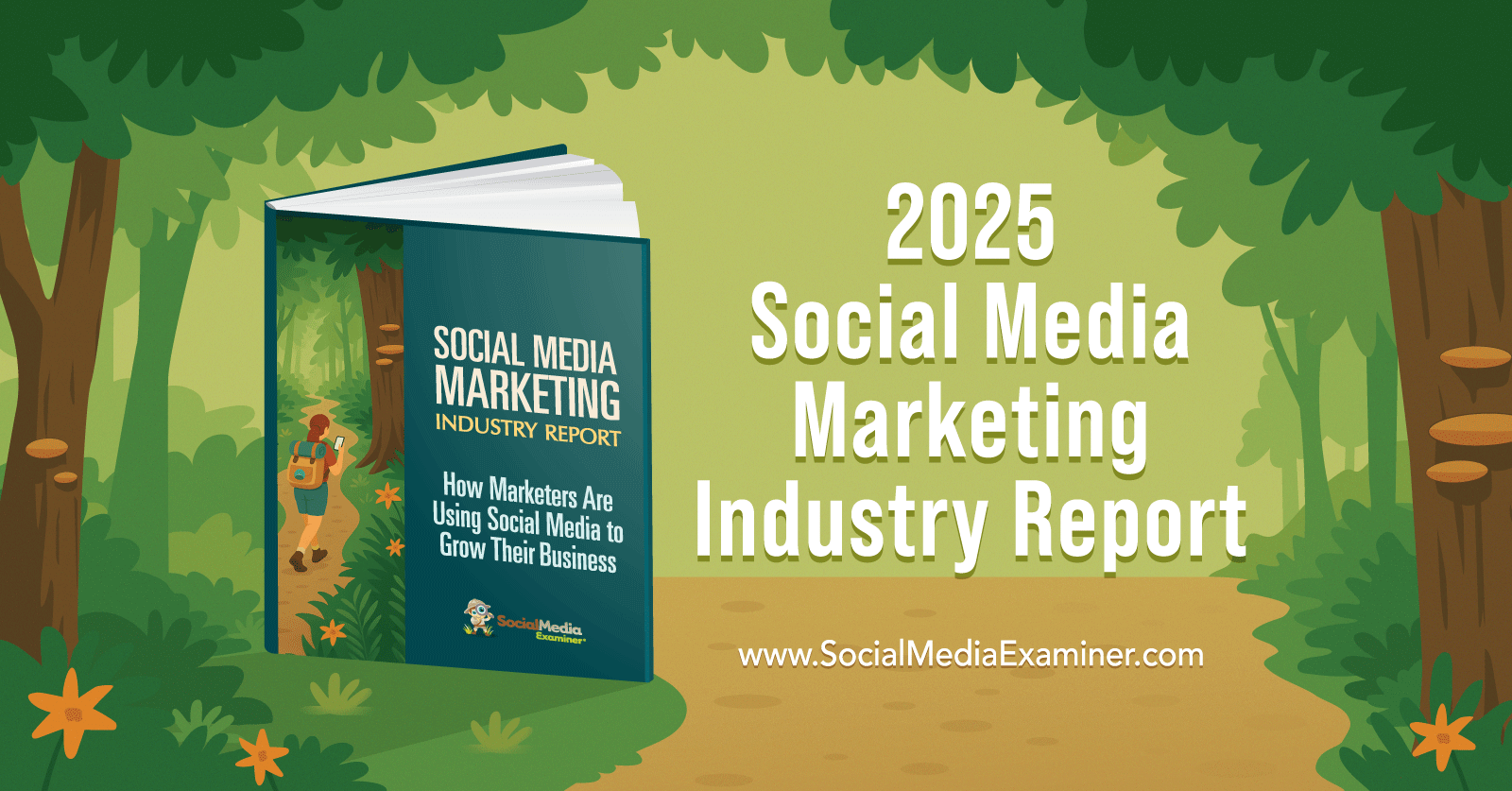

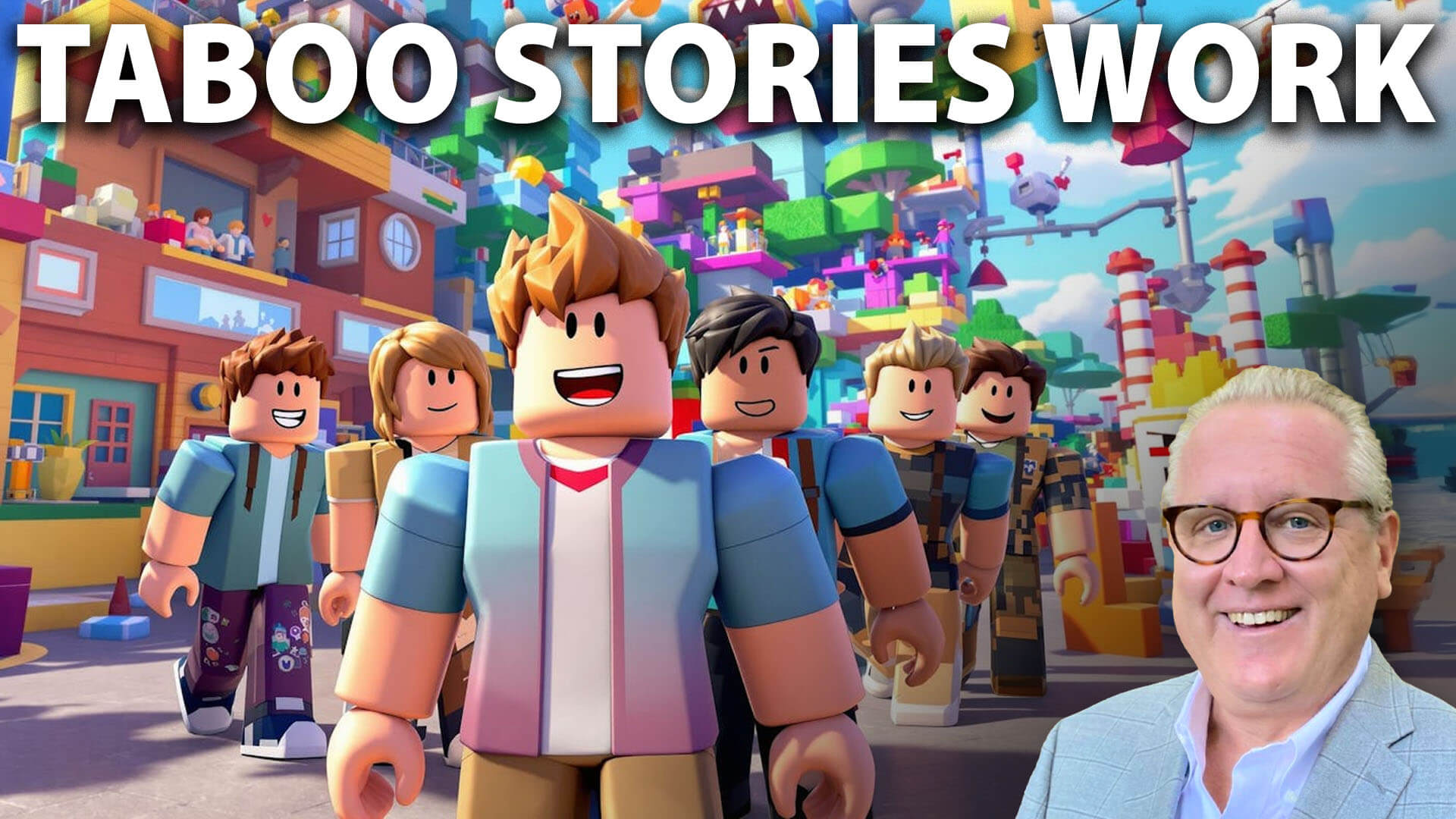






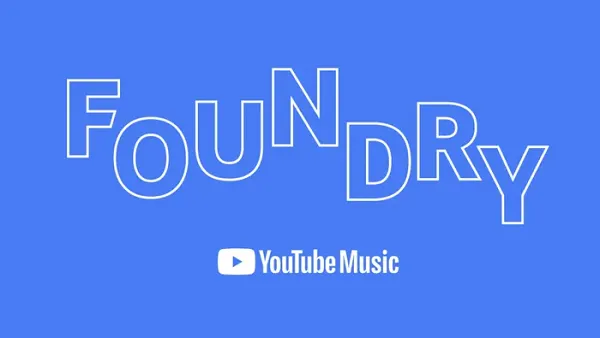






![Download Now: The 2025 State of Social Media Trends [Free Report]](https://no-cache.hubspot.com/cta/default/53/3dc1dfd9-2cb4-4498-8c57-19dbb5671820.png)

